What you should know about the Paris suburb of Saint-Denis
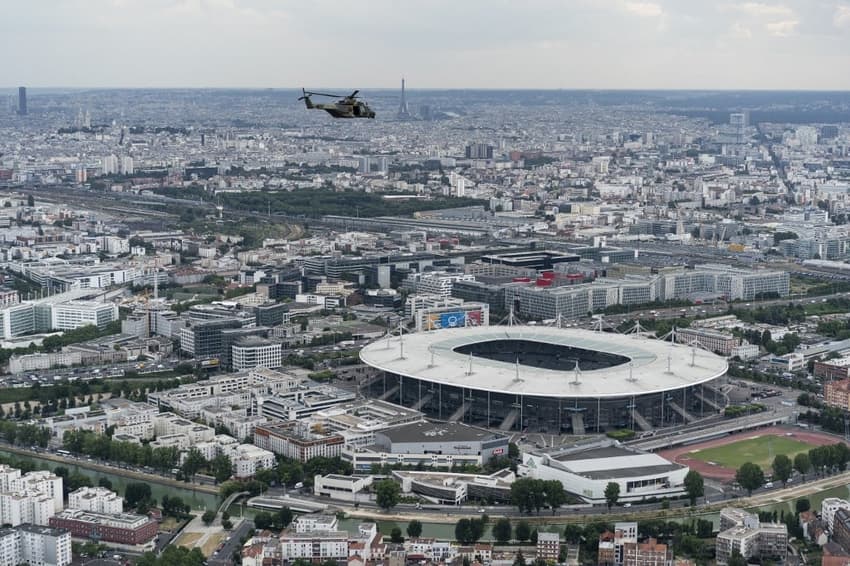
The town of Saint-Denis to the north of Paris is home of the Stade de France and will play a major role in the 2024 Paris Olympics - but there's far more to know about the suburb and very good reason to visit. The legend of St Denis
The town of Saint-Denis is of course named after a saint, Saint Denis (pronounced dur-nee in French) in fact. The story of the saint and how he came to have a suburb to the north of Paris named after him is part history, part legend.
The short version is that he came to France a long time ago - some time between the 1st and 3rd century, but The Local wasn't around then so it's hard to ascertain from our records the exact dates he lived and died.
He is often referred to as the first Bishop of Paris and story has it that he was executed by being beheaded during a purge of Christians.
His remains ended up in the part of Paris now named after him with some stories saying he was buried there in the grounds of an aristocrat's manor to avoid the body and head being thrown in the Seine, whilst other stories say he was killed in Montmartre and the angels flew his remains to St Denis.
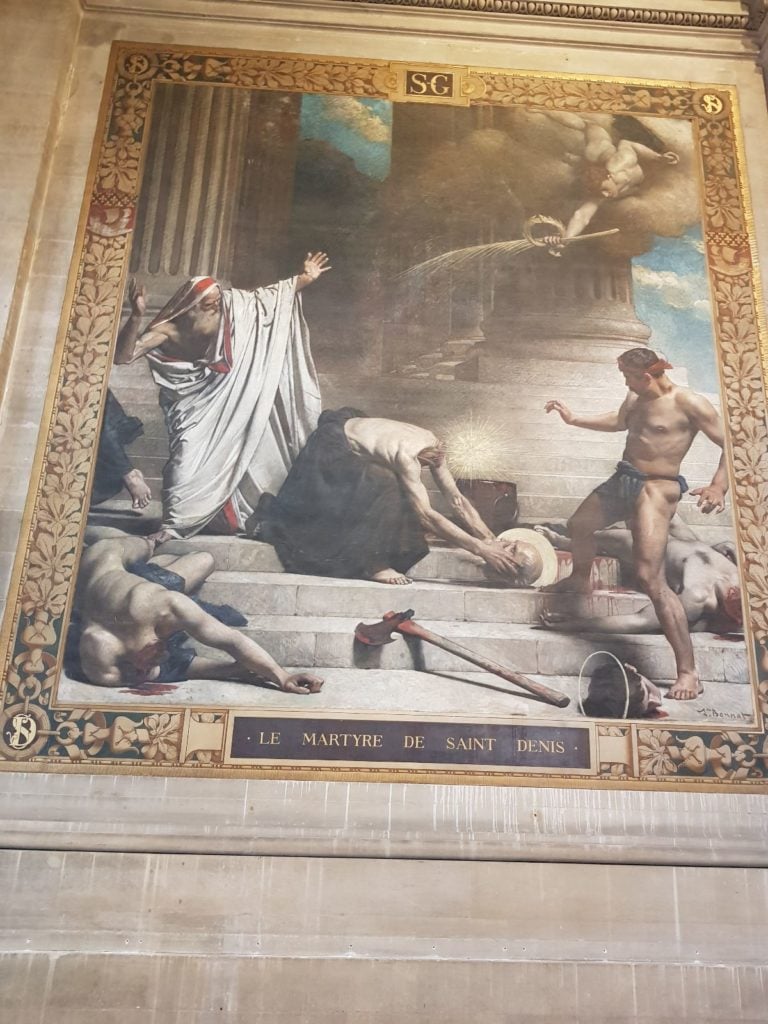
The beheading of Saint Denis, as captured in an artist's drawing on the wall of the Pantheon in Paris. Another version says St Denis himself picked up his own head and carried it from Montmartre to St Denis. We've had trouble confirming this version of the tale with local gendarmes.
Either way Christian followers ended up building a Basilica on the site of his remains and St Denis is officially the patron Saint of France and Paris.

Inhabitants wait in front of the Basilica Cathedral of Saint-Denis during a campaign visit by the French President. (Photo by Ludovic MARIN / POOL / AFP)The Basilica is in fact a Cathedral and whilst most visitors to Paris won't venture past the Sacre Coeur or Notre Dame (when it was open) the Basilica is well worth a short Metro trip north.
Some very important people are buried in the fantastic Basilica as its website says:
"Forty-two kings, thirty-two queens, sixty-three princes and princesses and ten men of the kingdom rest in peace there. With over seventy recumbent effigies and monumental tombs, the royal necropolis of the basilica is today the most significant group of funerary sculptures from the 12th to the 16th century in Europe," it says.
And if you do visit then look out for the 12th and 19th-century stained glass windows.
The abbey church became a cathedral in 1966 and is the seat of the Bishop of Saint-Denis. There are controversial plans to rebuild the 86-metre (282-foot) tall spire, which had to be dismantled in the 19th century.
The project, initiated more than 30 years ago, was to have begun in May 2020 and could cost up to €30 million - if it goes ahead.
It's not the only cultural site in the town, there's also the Cité de Cinema and the Museum of Art and History and much more.
There's a lot more info about the Basilica here.
Population
According to the last census in 2018, Saint-Denis is home to around 112,000 inhabitants. The locals in Saint-Denis are called Dionysiennes (female) or Dionysien (male).
The town is the biggest of 40 communes that make up the département of Seine-Saint-Denis, which is often just known by locals by its number: 93.
It's one of France's mostly densely populated areas and is home to a high population of residents with immigrant backgrounds.
It's a solid left-wing town
Given it's a solid working-class town in a solid working-class, immigrant département it's no surprise perhaps that locals vote for left-wing parties (and not the far-right).
Saint-Denis has a socialist mayor Mathieu Hanotin and in the first round of the presidential election in April 2022 some 61 percent of voters opted for far left Jean-Luc Melenchon whilst only 8 percent voted for far right Marine Le Pen.
In the second round centrist Emmanuel Macron won 79 percent of the vote and Le Pen 21 percent - a far bigger margin of victory for the president than the overall national score of 58.5 percent to 41.5 percent.
Olympic party
The town of Saint-Denis will play a key role for the 2024 Olympics. For a start the headquarters of the organising team is already based there at the Pulse building.
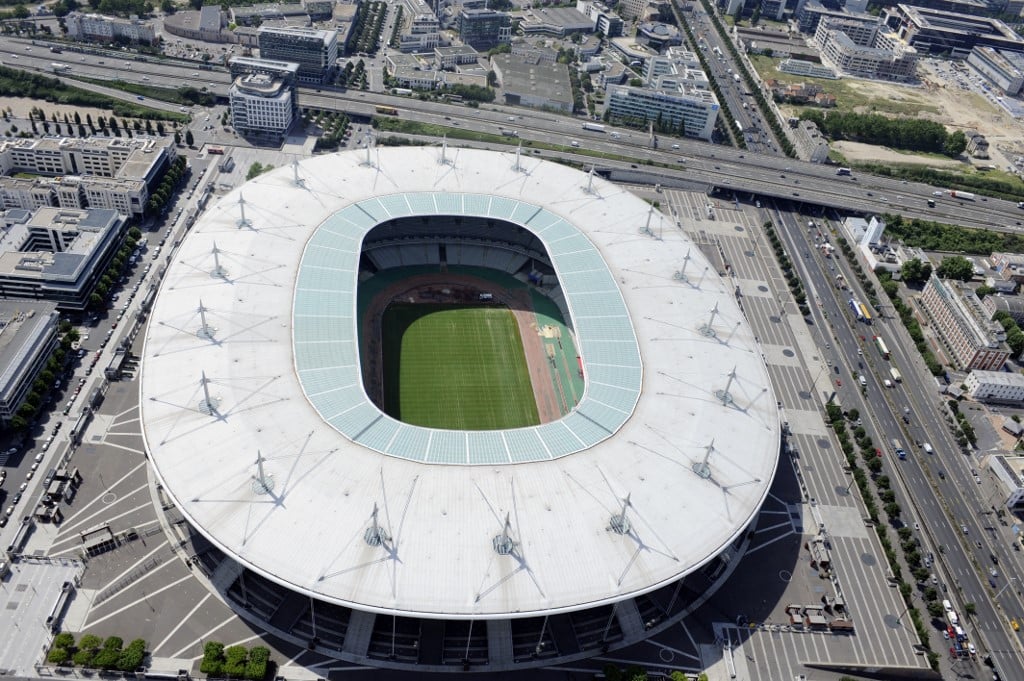
An aerial picture taken aboard an helicopter on July 20, 2010 shows a view of the Stade de France in Saint-Denis, outside Paris. AFP PHOTO BORIS HORVAT (Photo by BORIS HORVAT / AFP)The town will also be home to one of two aquatic centres for the Olympics, the athletes' village and of course the athletics will be at the Stade de France - the national stadium where the country's football and rugby teams play.
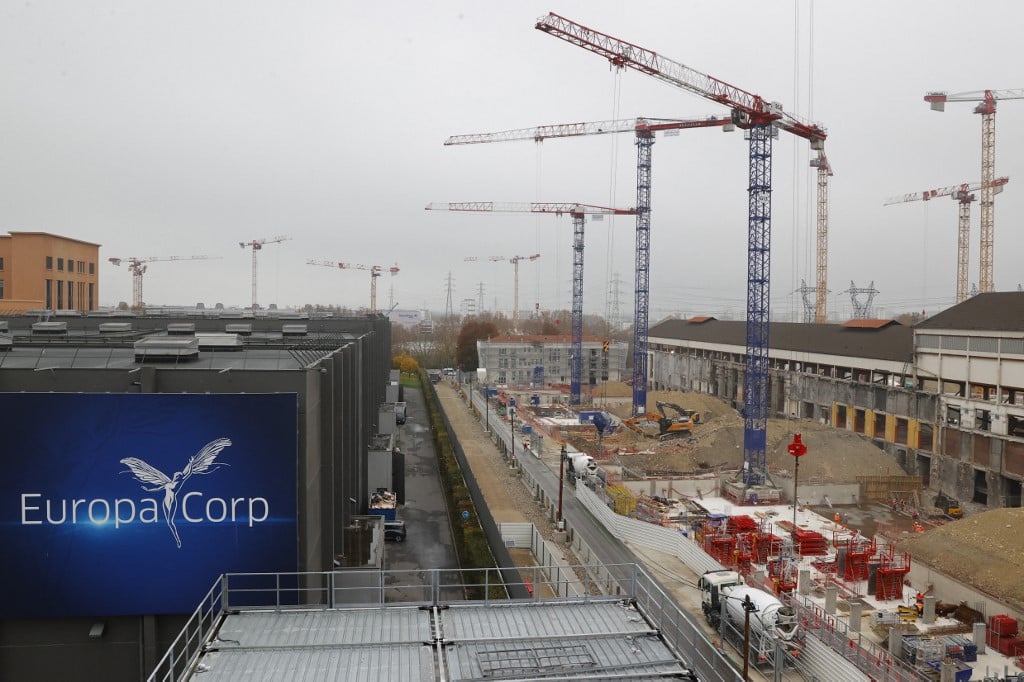
This photograph shows the construction of the future olympic village at the "UniverSeine" district, in Saint-Denis, north of Paris, during an interdepartmental committee for the Paris 2024 Olympic and Paralympic Games on November 15, 2021. (Photo by Thomas SAMSON / AFP)As part of the bid, officials were keen to stress that the aquatic venue will be handed over to the public at the end of the games so local residents can make the most of it. Hundreds of other small sporting venues are planned to be built in Saint-Denis and other surrounding towns.
The arrival of the Games will also lead to improvements in public transport links as well as renovations and upgrades to much of Saint-Denis. It is hoped the construction of venues and the hosting of the Games will also help create thousands of jobs in the area and give a huge boost to the local economy.
The Saint-Denis canal
Saint Denis is also home to the Saint-Denis canal, which runs past the Stade de France stadium. It was built on Napoleon's orders in the early 19th century.
It links the Seine River to the Canal de L'Ourq which then joins the Seine River again at the Bassin de L'Arsenal and was ordered to be built by Napoleon to allow river traffic to avoid having to pass through central Paris.
The tow path along the canal has been made into a cycle route and footpath that helps cyclists get from Saint-Denis to central Paris without having to navigate the main roads.
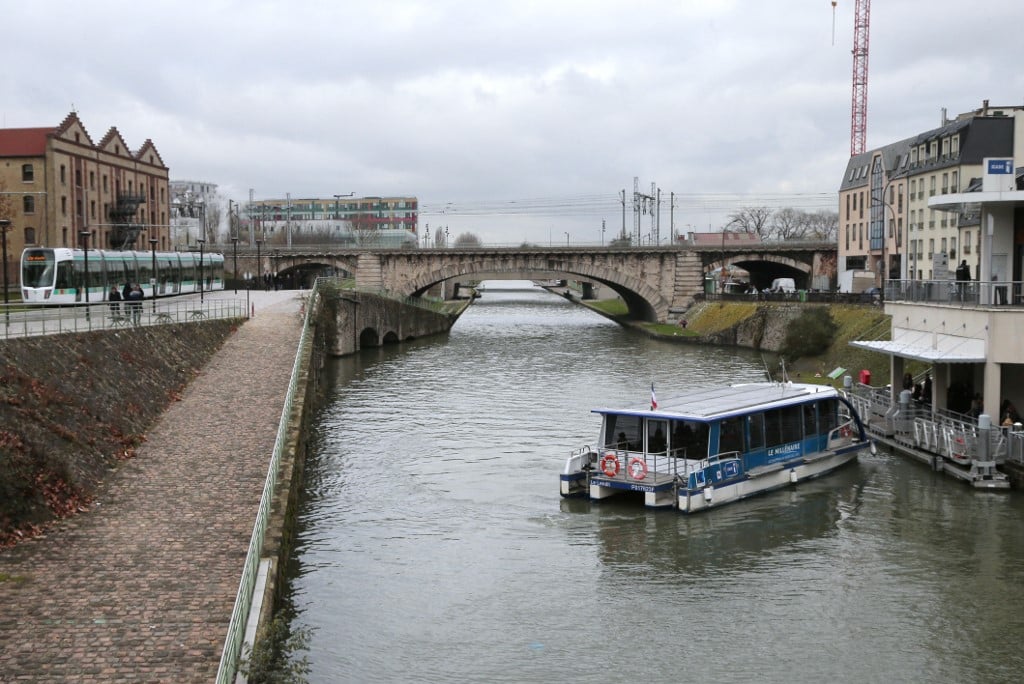
A river shuttle "Le Millenaire" prepares to dock at the Saint-Denis canal, on December 10, 2012, in Paris. At left a T3b tramway operates on a test run. AFP PHOTO JACQUES DEMARTHON (Photo by JACQUES DEMARTHON / AFP)And he's a map of where it is in relation to central Paris and how to get there:
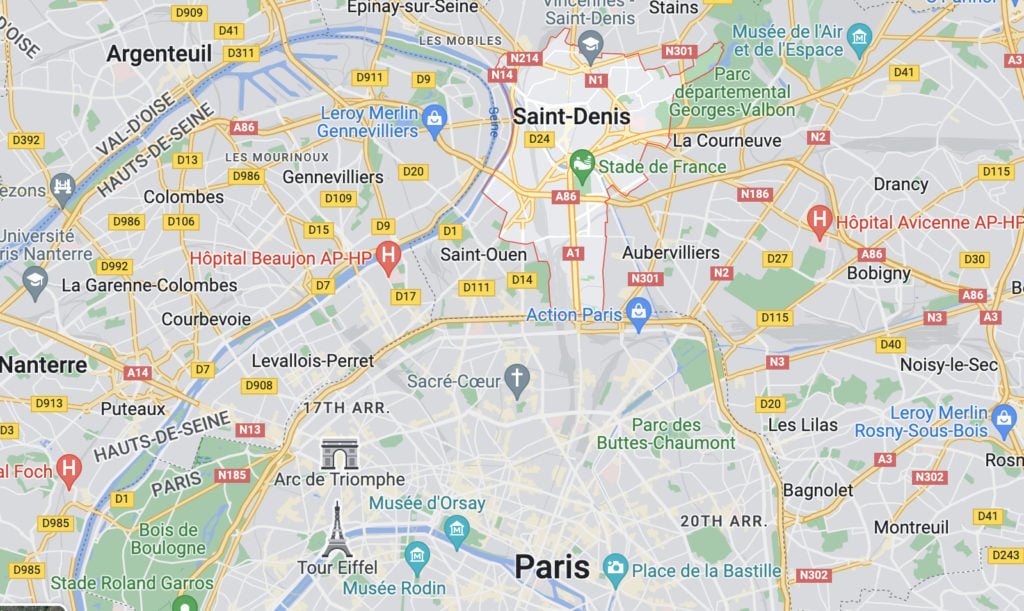
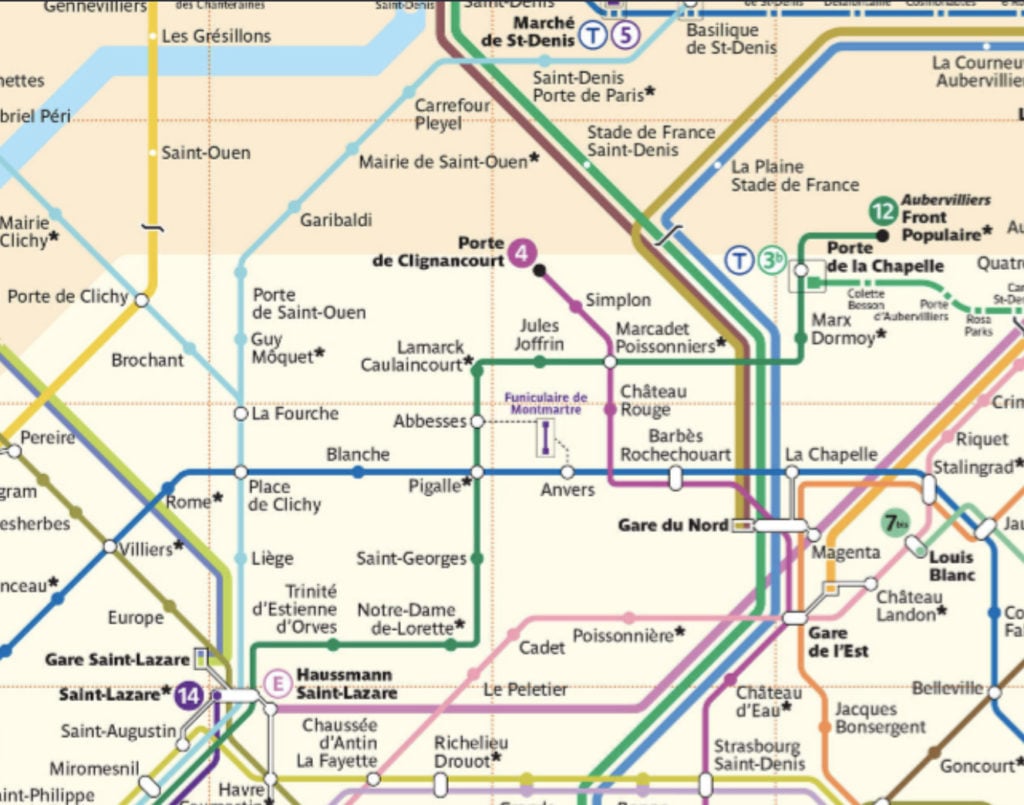
For more information about Saint-Denis and to find oput more reasons to visit you can visit this website which is in English.
Comments
See Also
The legend of St Denis
The town of Saint-Denis is of course named after a saint, Saint Denis (pronounced dur-nee in French) in fact. The story of the saint and how he came to have a suburb to the north of Paris named after him is part history, part legend.
The short version is that he came to France a long time ago - some time between the 1st and 3rd century, but The Local wasn't around then so it's hard to ascertain from our records the exact dates he lived and died.
He is often referred to as the first Bishop of Paris and story has it that he was executed by being beheaded during a purge of Christians.
His remains ended up in the part of Paris now named after him with some stories saying he was buried there in the grounds of an aristocrat's manor to avoid the body and head being thrown in the Seine, whilst other stories say he was killed in Montmartre and the angels flew his remains to St Denis.

Another version says St Denis himself picked up his own head and carried it from Montmartre to St Denis. We've had trouble confirming this version of the tale with local gendarmes.
Either way Christian followers ended up building a Basilica on the site of his remains and St Denis is officially the patron Saint of France and Paris.

The Basilica is in fact a Cathedral and whilst most visitors to Paris won't venture past the Sacre Coeur or Notre Dame (when it was open) the Basilica is well worth a short Metro trip north.
Some very important people are buried in the fantastic Basilica as its website says:
"Forty-two kings, thirty-two queens, sixty-three princes and princesses and ten men of the kingdom rest in peace there. With over seventy recumbent effigies and monumental tombs, the royal necropolis of the basilica is today the most significant group of funerary sculptures from the 12th to the 16th century in Europe," it says.
And if you do visit then look out for the 12th and 19th-century stained glass windows.
The abbey church became a cathedral in 1966 and is the seat of the Bishop of Saint-Denis. There are controversial plans to rebuild the 86-metre (282-foot) tall spire, which had to be dismantled in the 19th century.
The project, initiated more than 30 years ago, was to have begun in May 2020 and could cost up to €30 million - if it goes ahead.
It's not the only cultural site in the town, there's also the Cité de Cinema and the Museum of Art and History and much more.
There's a lot more info about the Basilica here.
Population
According to the last census in 2018, Saint-Denis is home to around 112,000 inhabitants. The locals in Saint-Denis are called Dionysiennes (female) or Dionysien (male).
The town is the biggest of 40 communes that make up the département of Seine-Saint-Denis, which is often just known by locals by its number: 93.
It's one of France's mostly densely populated areas and is home to a high population of residents with immigrant backgrounds.
It's a solid left-wing town
Given it's a solid working-class town in a solid working-class, immigrant département it's no surprise perhaps that locals vote for left-wing parties (and not the far-right).
Saint-Denis has a socialist mayor Mathieu Hanotin and in the first round of the presidential election in April 2022 some 61 percent of voters opted for far left Jean-Luc Melenchon whilst only 8 percent voted for far right Marine Le Pen.
In the second round centrist Emmanuel Macron won 79 percent of the vote and Le Pen 21 percent - a far bigger margin of victory for the president than the overall national score of 58.5 percent to 41.5 percent.
Olympic party
The town of Saint-Denis will play a key role for the 2024 Olympics. For a start the headquarters of the organising team is already based there at the Pulse building.

The town will also be home to one of two aquatic centres for the Olympics, the athletes' village and of course the athletics will be at the Stade de France - the national stadium where the country's football and rugby teams play.

As part of the bid, officials were keen to stress that the aquatic venue will be handed over to the public at the end of the games so local residents can make the most of it. Hundreds of other small sporting venues are planned to be built in Saint-Denis and other surrounding towns.
The arrival of the Games will also lead to improvements in public transport links as well as renovations and upgrades to much of Saint-Denis. It is hoped the construction of venues and the hosting of the Games will also help create thousands of jobs in the area and give a huge boost to the local economy.
The Saint-Denis canal
Saint Denis is also home to the Saint-Denis canal, which runs past the Stade de France stadium. It was built on Napoleon's orders in the early 19th century.
It links the Seine River to the Canal de L'Ourq which then joins the Seine River again at the Bassin de L'Arsenal and was ordered to be built by Napoleon to allow river traffic to avoid having to pass through central Paris.
The tow path along the canal has been made into a cycle route and footpath that helps cyclists get from Saint-Denis to central Paris without having to navigate the main roads.

And he's a map of where it is in relation to central Paris and how to get there:


For more information about Saint-Denis and to find oput more reasons to visit you can visit this website which is in English.
Join the conversation in our comments section below. Share your own views and experience and if you have a question or suggestion for our journalists then email us at [email protected].
Please keep comments civil, constructive and on topic – and make sure to read our terms of use before getting involved.
Please log in here to leave a comment.